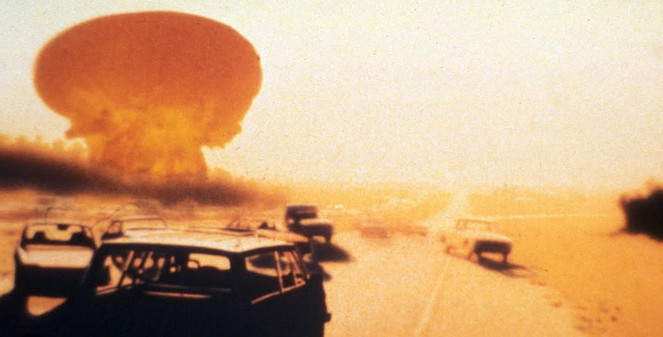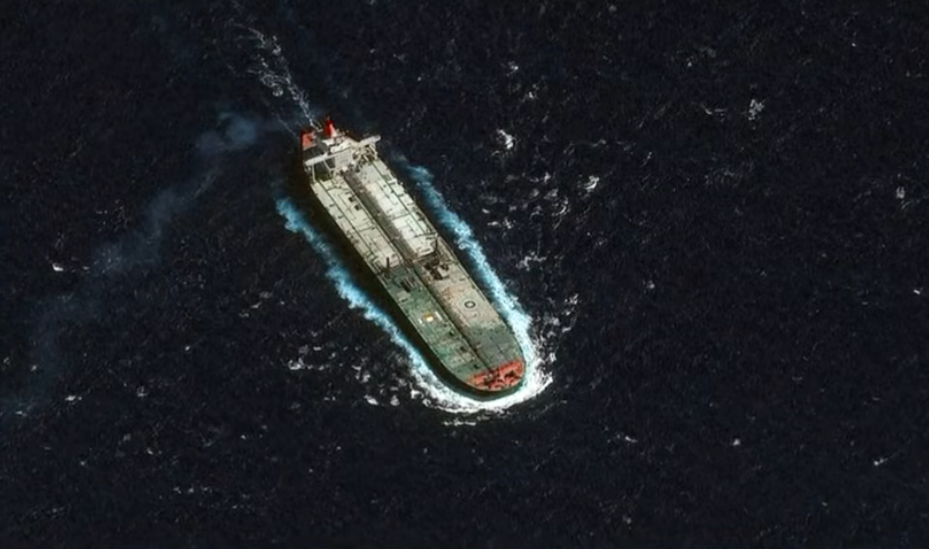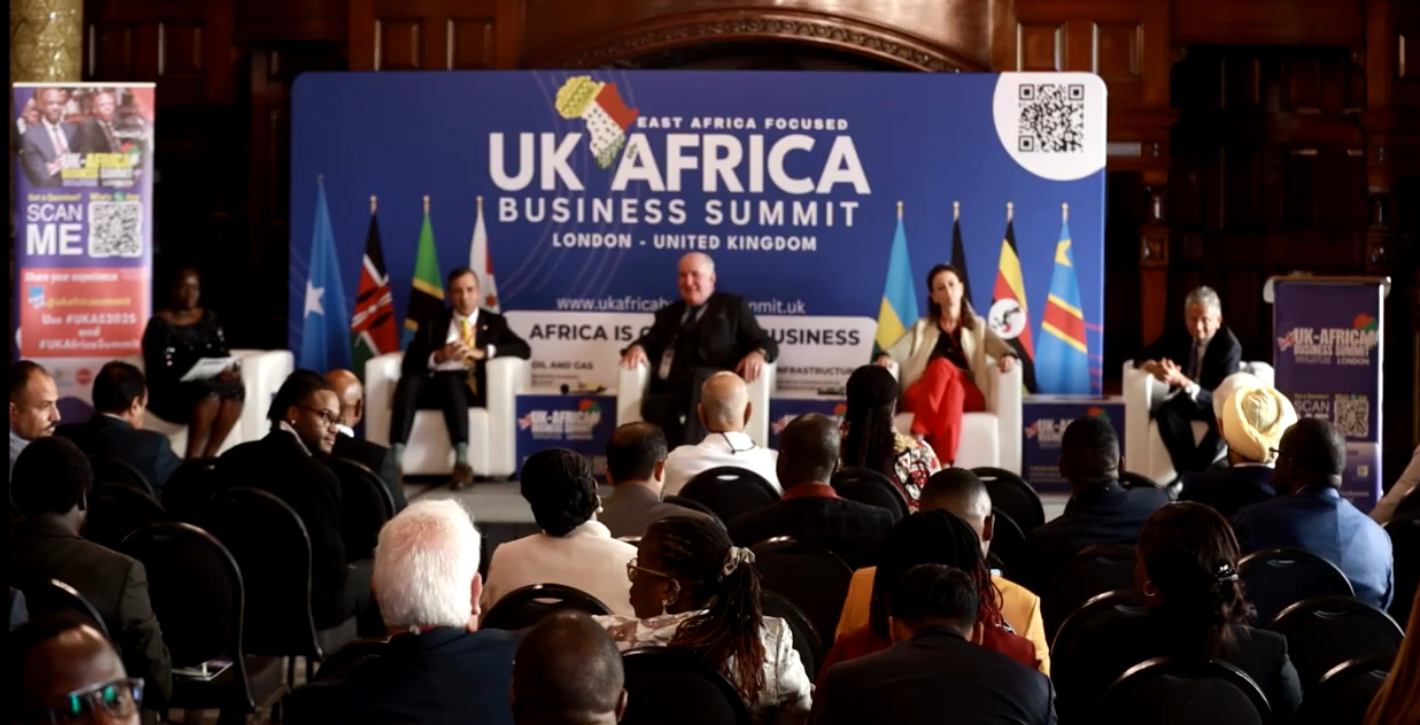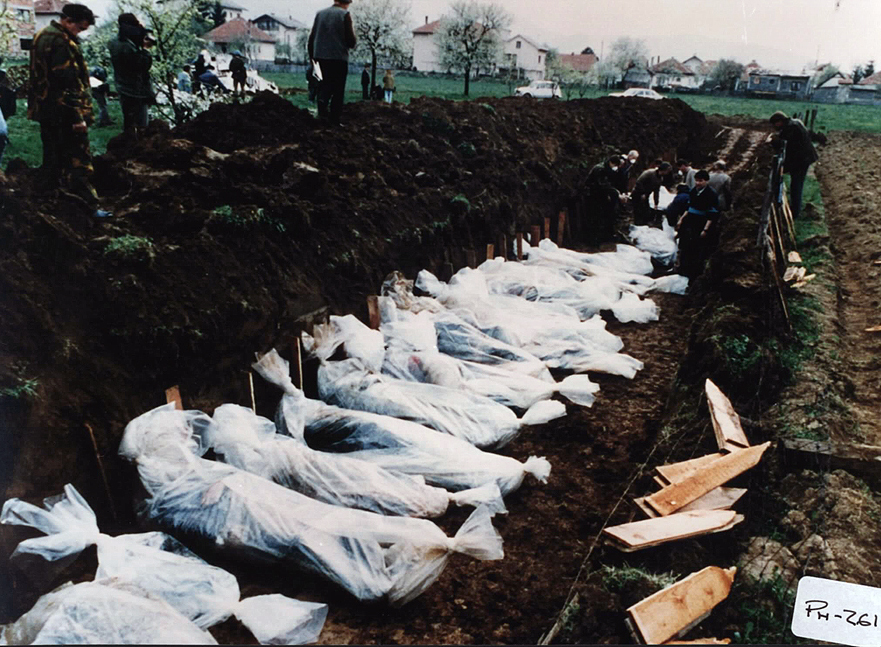By Winslow Myers\PeaceVoice
Photos: YouTube Screenshots\Wikimedia Commons
Good that defensive anti-missiles worked against Iran’s barrage. Still, two elements were more suited to the playground than to international politics: face and revenge. One side bombs the other, and the other thinks that without revenge it will lose face. The October 7th Hamas attack was vengeful, but so was the Israeli government’s doubling down reaction. Where does an-eye-for-an-eye end?
![]()
One of the uses of history is to chart the plasticity of friend into enemy and back into friend: the U.S. once went to war against enemies like Germany and Japan who are now fast friends. Russia was an ally of the U.S. against Hitler before it became an enemy during the Cold War, then during the Gorbachev era a friend, and now with Putin’s brutal invasion an enemy again. In South Africa and Rwanda, former mortal enemies have used truth and reconciliation processes to re-humanize adversaries.
As Robert Frost wrote, “Nature within her inmost self divides/To trouble men with having to take sides.” On college campuses in the U.S., there has been far more reflexive taking sides around the Israeli-Palestinian issue than there have been attempts to sit down and listen to one another’s stories in a spirit of reconciliation, which may be impossible right now in the Middle East itself, but with a little faculty leadership ought not to be so difficult in academe.
Whether democratic or autocratic, governments seem to require enemies to reassure their citizens of their righteousness, power, and security against the convenient “other.” One of the clearest examples of this was the U.S. over-reaction to 9-11, including the invasion of Iraq, which had nothing to do with 9-11. The Cold War having ended, the U.S. apparently needed a new enemy, and Islamic extremism conveniently stepped up.
On the global level, troubled side-taking has assumed the form of more talk about an axis of evil autocracy in the combination of Russia, Iran, China and North Korea. Shared dictatorship implies they are working in concert to undermine democratic regimes. And there is some nefarious cooperation among them, such as Putin obtaining arms for his Ukraine misadventure from Kim Jong Un. President Biden is hardly wrong to say this is a moment where democracy and autocracy are in conflict—though many countries, including India, Turkey, Hungary, and even the U.S. itself, occupy a gray area between democracy and autocracy. National self-righteousness does not lend itself to sober policymaking.
War can start in many different ways–error, miscalculation, hubris–but all the ways share a dehumanization process, a hardening of the categories. The genocide in Rwanda apparently exploded as a result of appeals to hate over the radio. The war in Ukraine began with what some would call a nakedly imperial grab for land–or with what others would call Russia’s anxious response to having NATO on its borders–but Putin’s rationalizations also included stereotyping Ukrainian leaders as Nazis. When an Islamic State splinter group mowed down hundreds in a Moscow concert hall, Putin was able to say with a straight face that “the criminals in cold blood, purposefully went to kill and shoot at point-blank range our citizens and our children ”— completely different from bombing a Ukrainian maternity hospital or poisoning citizen Navalny, eh Vlad?

The Gaza conflict, beginning perhaps with the forcible creation of the state of Israel 76 years ago, but more recently exploded with a fresh existential threat to Israel and the worst loss of life for the Jews since the Holocaust, has only elicited more right-wing Israeli dehumanizing of Palestinians in both Gaza and the West Bank—another case in point of Auden’s poetic truism: “those to whom evil is done/do evil in return.”
Regional wars like those in Ukraine and Gaza take place within a context that includes two giant challenges: the presence of nuclear weapons and the global climate emergency. Both share a fateful interdependency. In the case of the weapons, no one will win if deterrence breaks down. The nuclear weapons states, depending upon deterrence to work forever, must rely upon the professionalism of each other’s military personnel, the accuracy and infallibility of their computers, and strength of their safeguards. The system is set up to fail eventually because human error is inevitable.
Interdependency is also the operative context for climate: global systems like the warming process can only be slowed by means of what we all agree to do together to maintain the health of the whole. In both cases, nuclear and climate, my health and security depend upon what you do and vice versa. This is a paradigm shift that has not fully sunk in to mainstream thinking worldwide.
In this nuclear/climate moment it becomes crucial as never before to understand the psychological process of enemy-imaging. Dehumanizing our adversaries makes the inevitable eventual breakdown of nuclear deterrence that much more likely and international cooperation to mitigate climate effects that much more difficult. Our minds put things into boxes which are too abstract to fit reality: we brand Iran as evil, while their total population consists of 75 million men, women and children with similar aspirations for security and fulfillment.

2000 years ago an itinerant Jewish preacher reminded us that the rain falls on the just and the unjust (sort of like bombs). Solzhenitsyn famously wrote the best gloss on this:
“The line separating good and evil passes not through states, nor between classes, nor between political parties either—but right through every human heart. This line shifts. Inside us, it oscillates with the years. And even within hearts overwhelmed by evil, one small bridgehead of good is retained. And even in the best of all hearts, there remains . . . an un-uprooted small corner of evil.”
Our situation asks that we combine two complementary thoughts: that good and evil exist in all of us; and that we are all in this together on a small planet. To live with such ambiguity is a process of discovery. In our new awareness of interdependency, refusal to open our thinking is the royal road to extinction. If only this were just New Age woo-woo. But it’s not—it’s existential, as real as the 14 thousand nuclear weapons deployed on the planet, as real as the significant uptick in ocean temperatures, an unprecedented threat to coral reefs that is alarming scientists.
New thinking motivates disarmament and accelerates new forms of sustainable energy. The opportunity is for everyone, citizens and leaders, to say no to obvious dead ends like the arms race and yes to new levels of cooperation—including reaching out with endless patience to our adversaries with a larger vision of self-interest that leads to life for all.

Winslow Myers, syndicated by PeaceVoice, is the author of “Living Beyond War: A Citizen’s Guide” and serves on the Advisory Board of the War Prevention Initiative.








